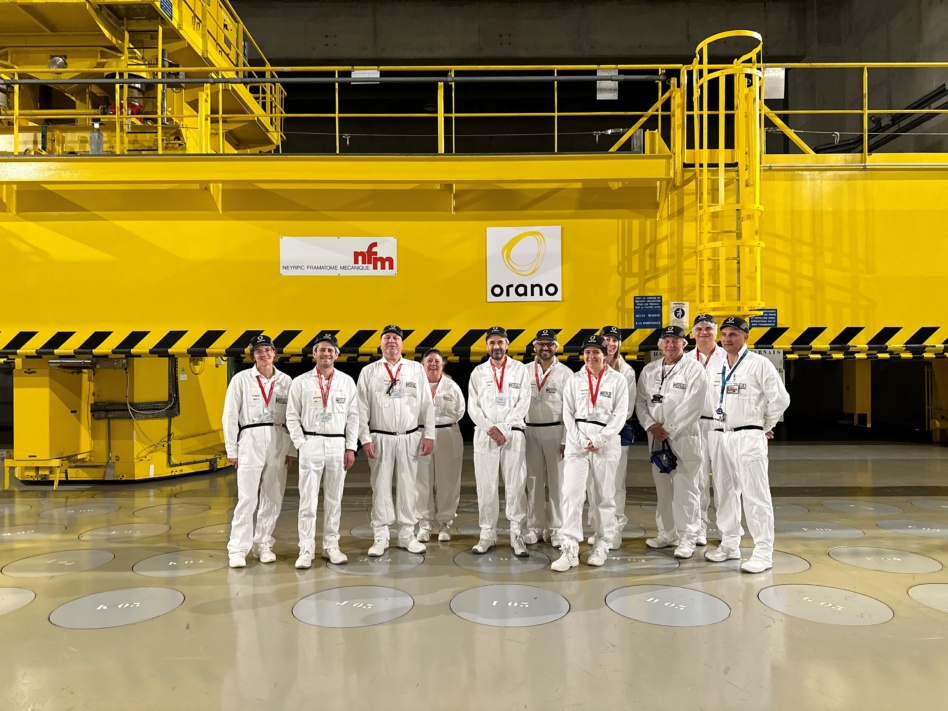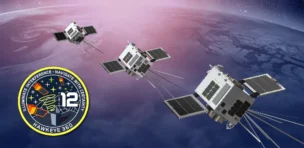Zeno Power has signed an agreement to acquire nuclear waste that it can repurpose to power long-duration and deep-space missions.
The company will make a “multi-million-dollar” payment to Orano, a manager of the nuclear fuel cycle, to acquire a large amount of Americium-241 each year from Orano’s recycling site in France.
New fuel: Being able to survive the lunar night is the top tech gap for NASA, according to a ranked list of shortfalls released last year. Nuclear power is one of the only ways to overcome the lack of sunlight and cold temps during the two-week long spell.
Most nuclear batteries powering space missions rely on plutonium-238. However, a limited supply of the isotope, combined with a growing number of space missions requiring a long-term power source independent of sunlight, led Zeno Power to turn to Americium-241.
Perfect fit: Americium-241 is well-suited for space for a couple reasons, according to Harsh Desai, the chief commercialization officer at Zeno Power.
- It has a higher power density, so it won’t require launching lots of mass to space.
- Astronauts would be able to work and live nearby power sources using it.
- It has a half-life of ~430 years, so it can last for decades.
Abundance: Americium-241 isn’t a naturally occurring isotope. It’s created either as a byproduct of nuclear fission reactors, or as the result of the decay of plutonium. Desai said that means the isotope is plentiful enough to support US government, American commercial, and even allied nation space missions.
“This will enable us to scale this up,” he told Payload. “To get multiple kilograms of Americium-241, that allows us to do more than one mission a year. That’s really critical to ensure we meet the burgeoning demand for power in the space domain.”




